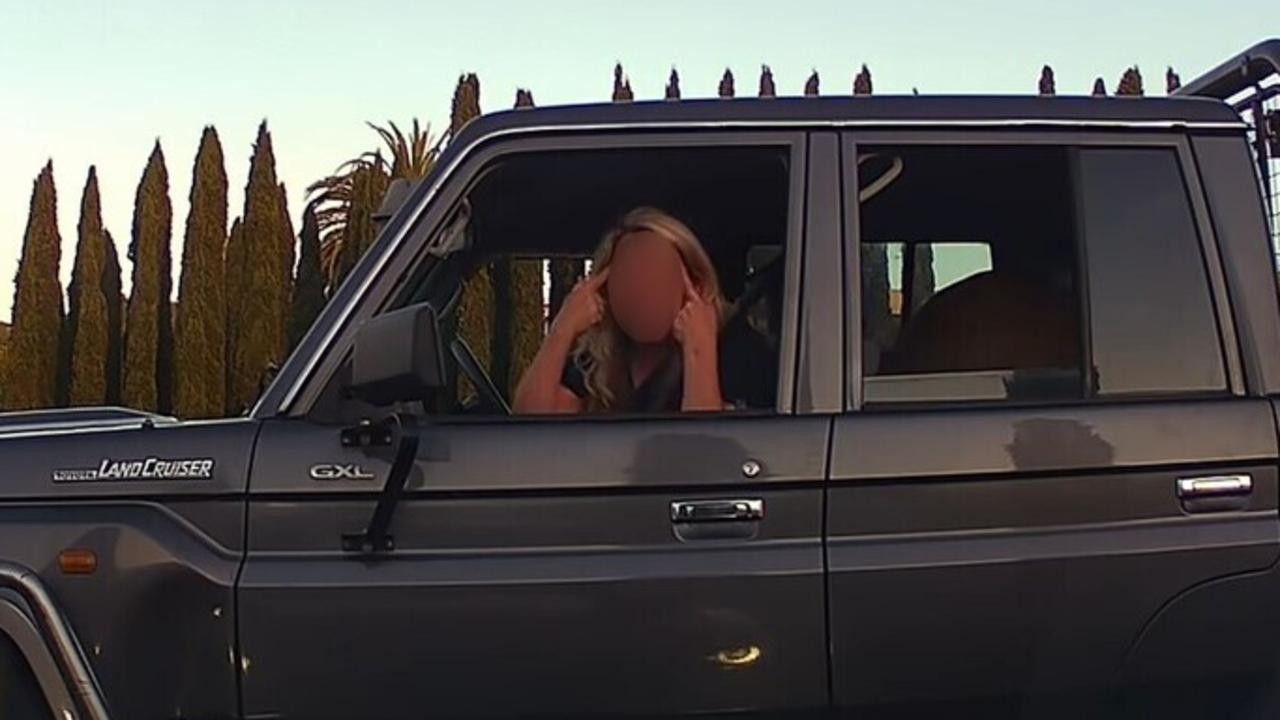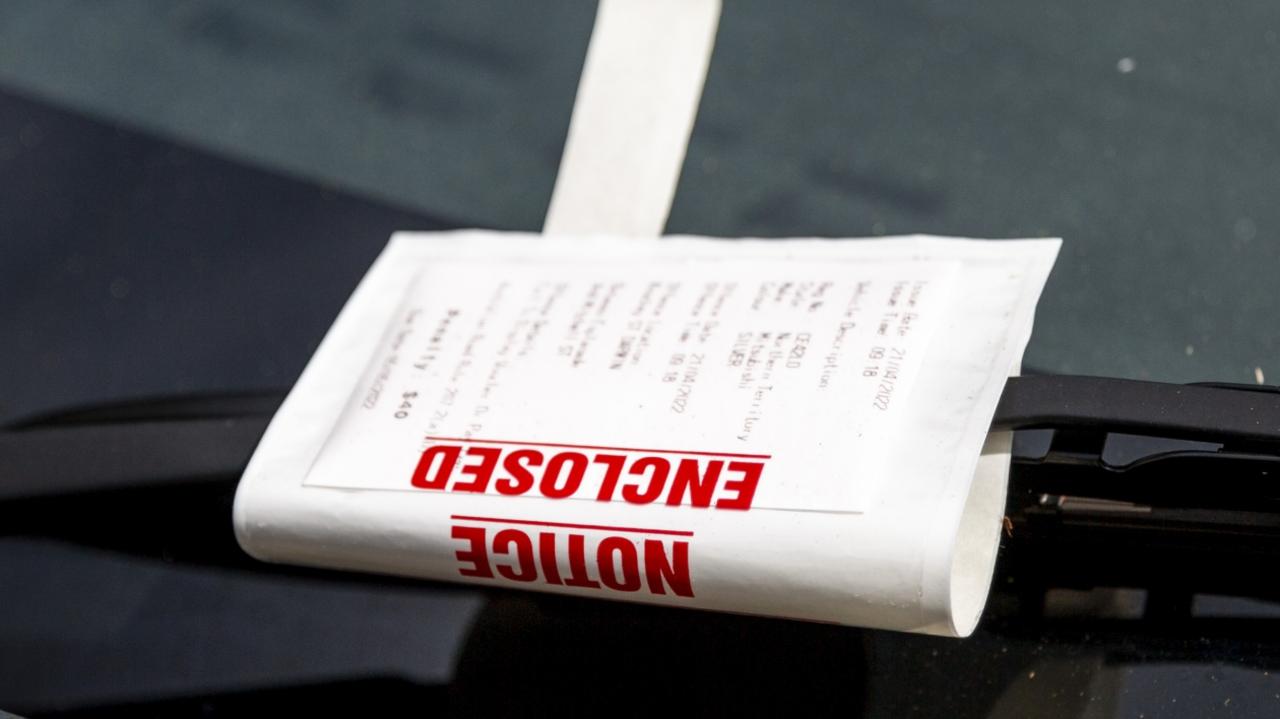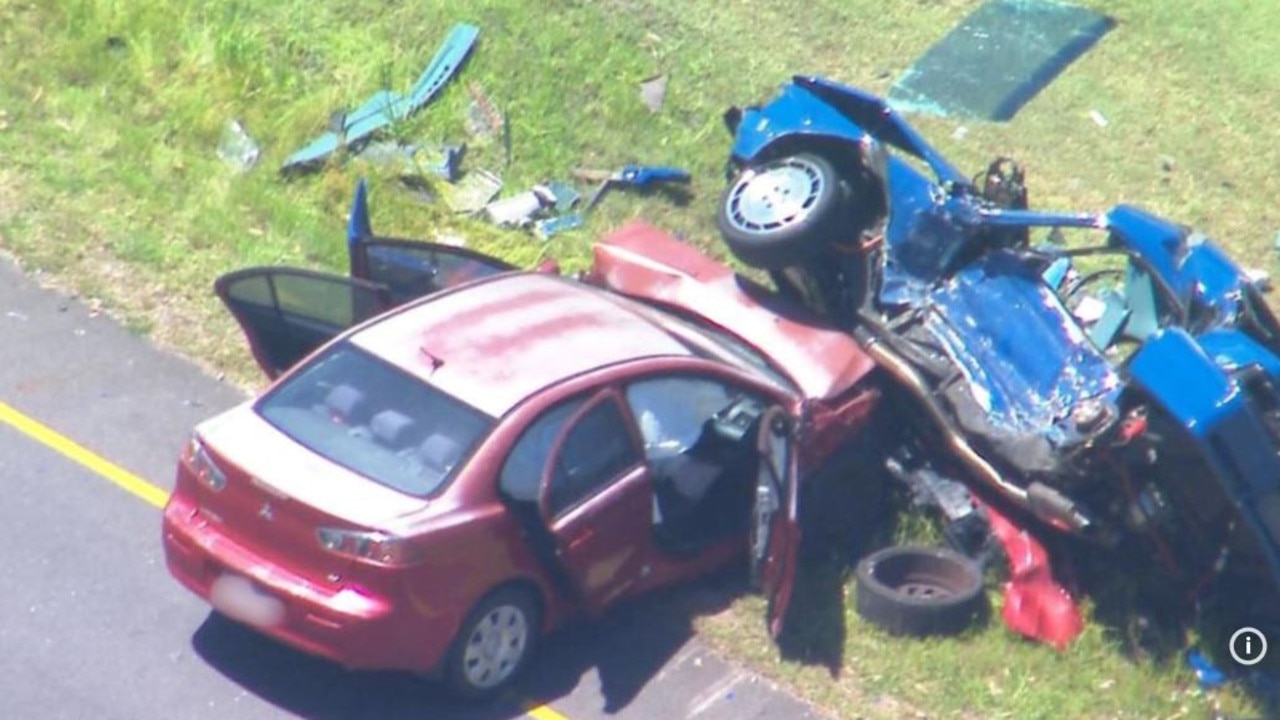Nurse’s viral video reveals true danger of how temperatures inside car could seriously harm kids
A nurse’s short video clip of the temperature inside a car on a hot day has revealed just how dangerous it can be for children left inside.
An Aussie nurse has shared shocking footage of temperatures inside her car more than doubling on a hot day, prompting an urgent warning for parents to make sure their kids are not left inside by accident.
In the video, shared to social media, CPR Kids founder and paediatric nurse Sarah Hunstead recorded temperatures in two cars early in the afternoon on a 30C day.
Upon testing the first car, a handheld infra-red thermometer recorded a temperature of 51.3C.
Ms Hunstead said such temperatures would put a child at risk of severe burns.
“A child is at risk of a burn when a surface exceeds 50C and when the skin is heated to 45C for a prolonged period,” she wrote in her post to Instagram.
Moving on to the second vehicle, the Ms Hunstead recorded a staggering 71.3C in the back seat.

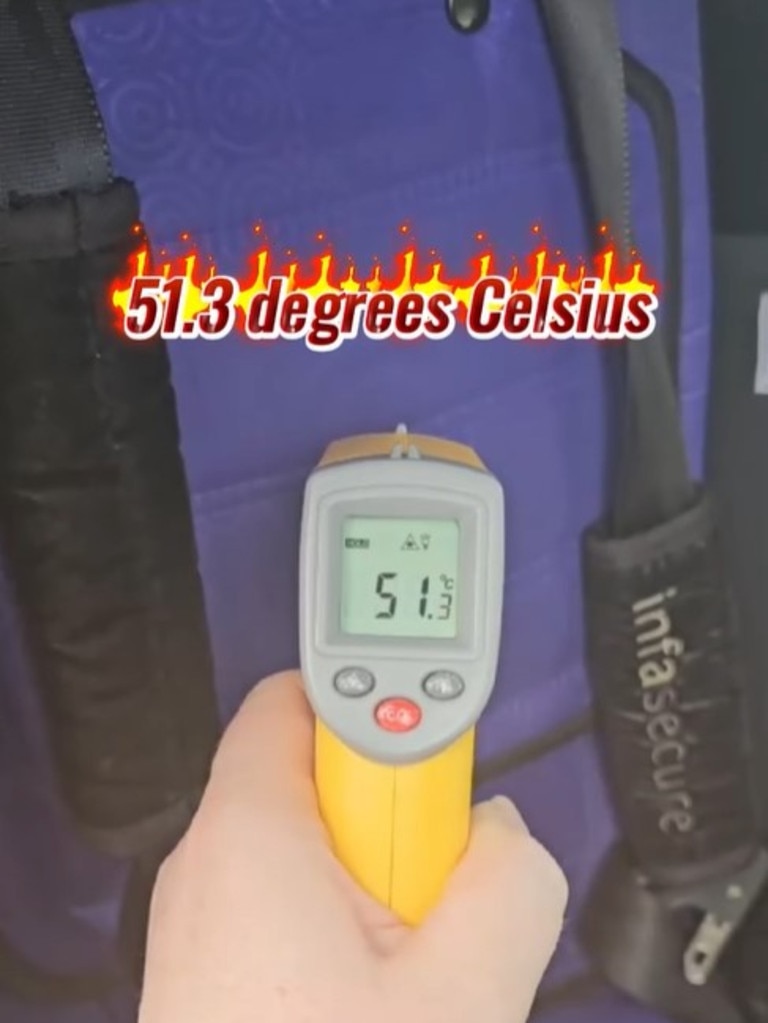
As part of her experiment, Ms Hunstead said the seats were all forward facing and had been sitting in direct sunlight all day.
She explained that surfaces inside the car would be “significantly impacted” by the temperature inside the car, urging parents to consider avoiding driving on hot days or leaving kids in the car.
“The internal temperature of the car, being far greater than that of the outside temperature, would have had a significant impact on the car seat surface temperature,” she said.
“Another reason why you should never leave children in the car and try to avoid driving on hot days like this particular day.”
She added that years before she had conducted a similar test on a 38C day, where a car seat reached over 80C.
There is no shortage of tragedies involving kids dying as a result of being left and locked in cars on a hot day.
3-year-old Rylee Rose Black died after she was left alone in her family’s car for five hours in Queensland in late 2020.
With the temperature reaching 31C that day, the Queensland Supreme Court in October this year was told conditions inside the car were “not survivable.”

Ms Hunstead said there were a range of things parents should consider to help prevent a possible tragedy or severe injury this summer:
- Park in the shade where possible.
- Use car shades.
- Use your hand to test whether the seat and buckle are hot to the touch- carefully with the metal buckle if it has been in the Sun as this can instantly burn, even adults.
- Turn the car on before letting children inside, put windows down, and use airconditioning to bring the internal car temperature down.
- Hold a cool wet cloth on metal and plastic parts of the seatbelt to decrease the temperature, before placing a child in the seat.
- Use the seat correctly, making sure any included seat safety cover parts- such as under the seatbelt buckle, preventing it from sitting directly on the child’s lap- are in the correct position.
- Always make sure kids are well hydrated, dressed appropriately for the weather, and that you keep a close eye on them when in the car.
The NRMA released concerning data in November that recorded 1807 calls for roadside assistance were after a child or pet was locked inside a car over the past 12 months.
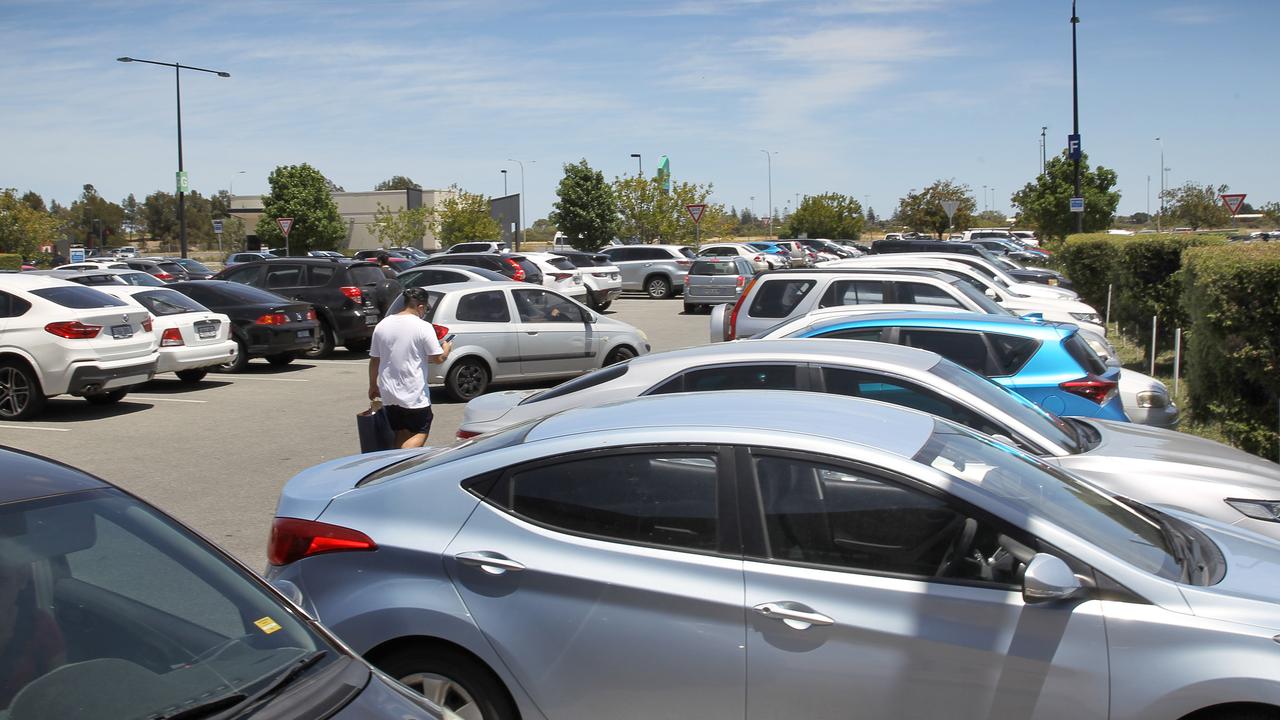
Shopping centres were the most common place for dependants to be locked in the car, with the NRMA urging parents to keep better track of their keys.
Road safety expert Dimitra Vlahomitros said kids should never be left alone in the car, even when it’s just for a short time.
“Unfortunately, we are still seeing far too many children left unattended in the car, so we are again urging parents not to leave their children alone in the car. It is not worth the risk, even if you are quickly ducking into the shops,” Ms Vlahomitros said.
“In just a few short minutes, temperatures can increase significantly, posing a serious danger to children and pets locked in a car.”
“If you see a child unattended in a car and cannot locate the parents, call triple-0 and await instructions.”



